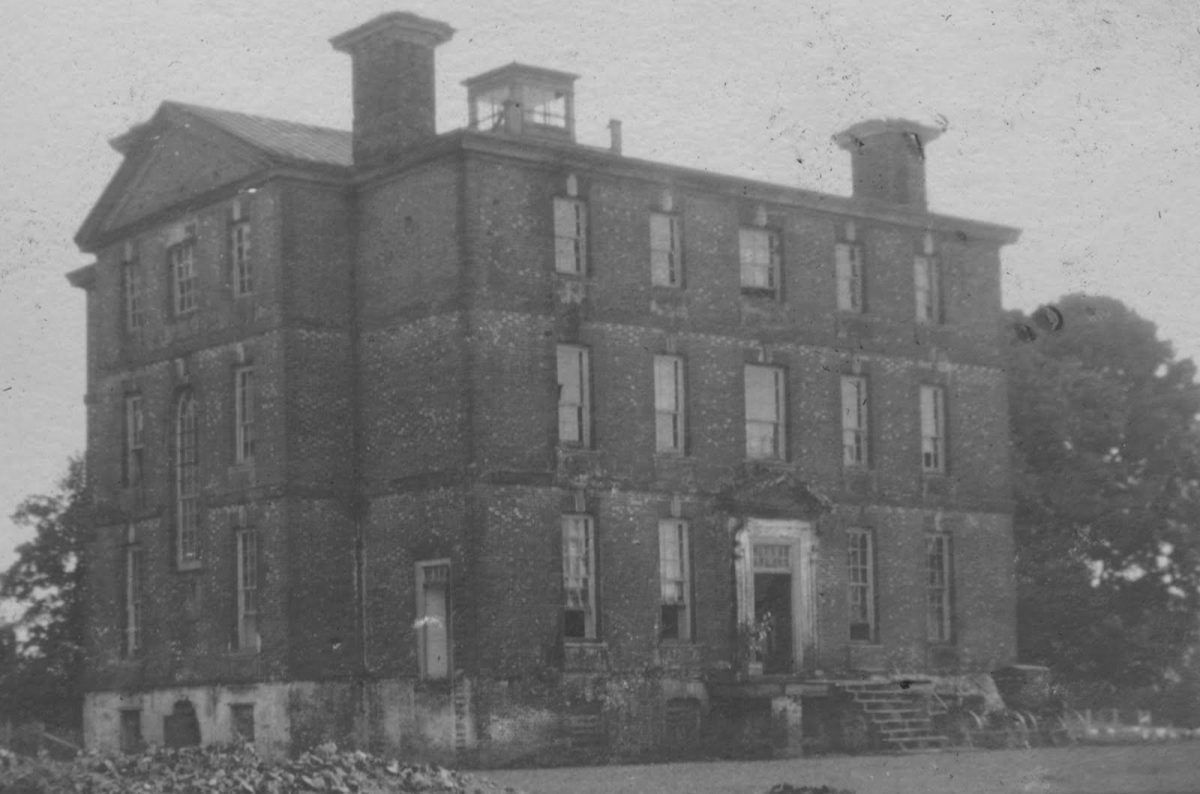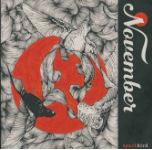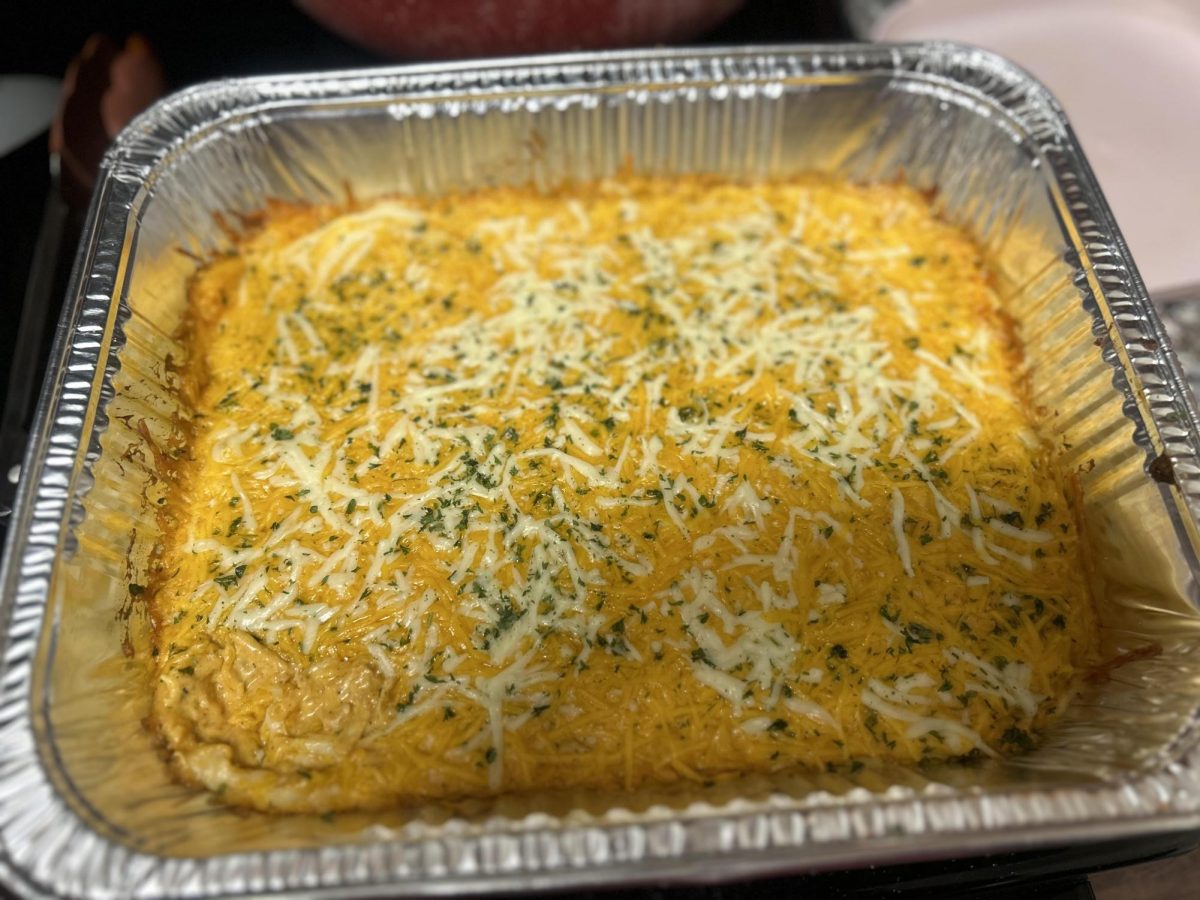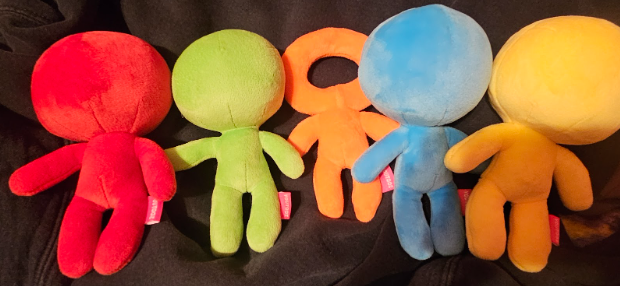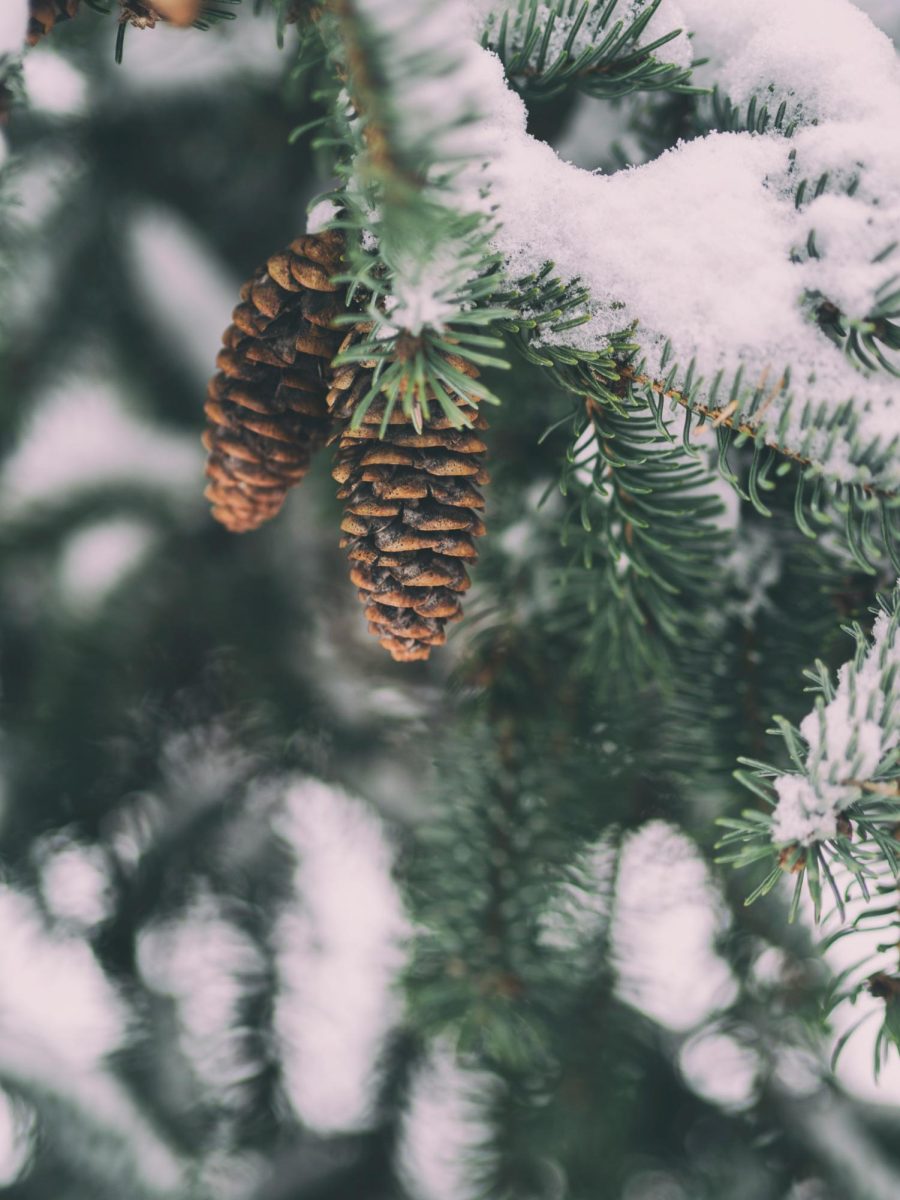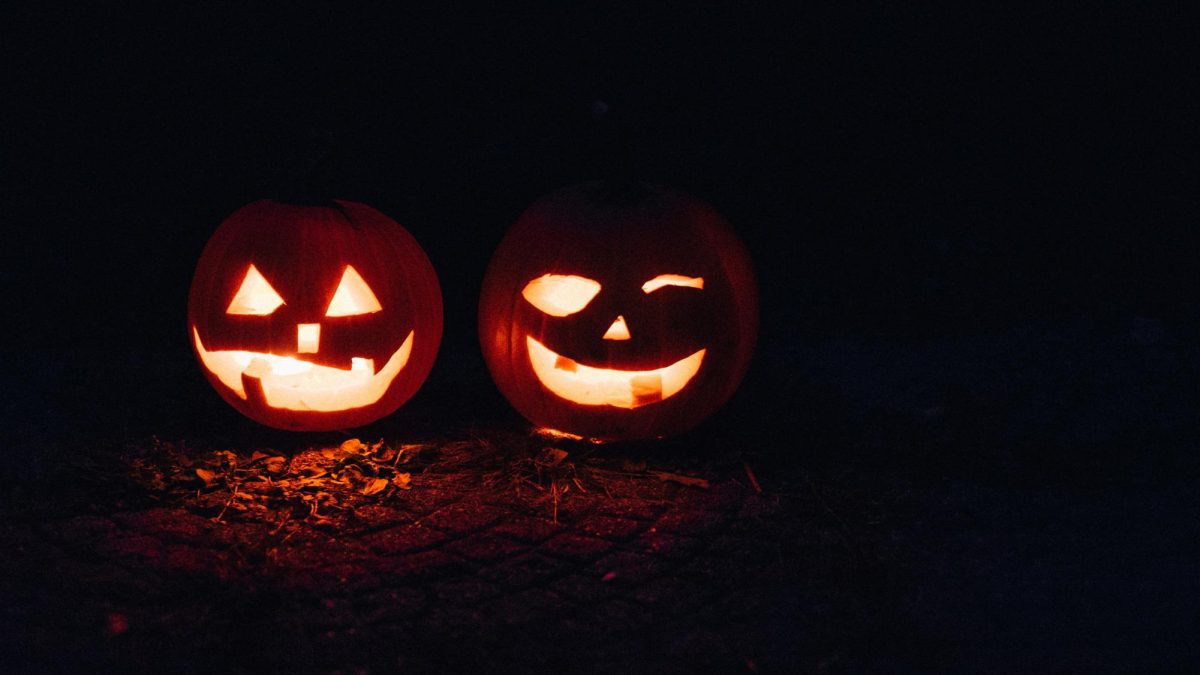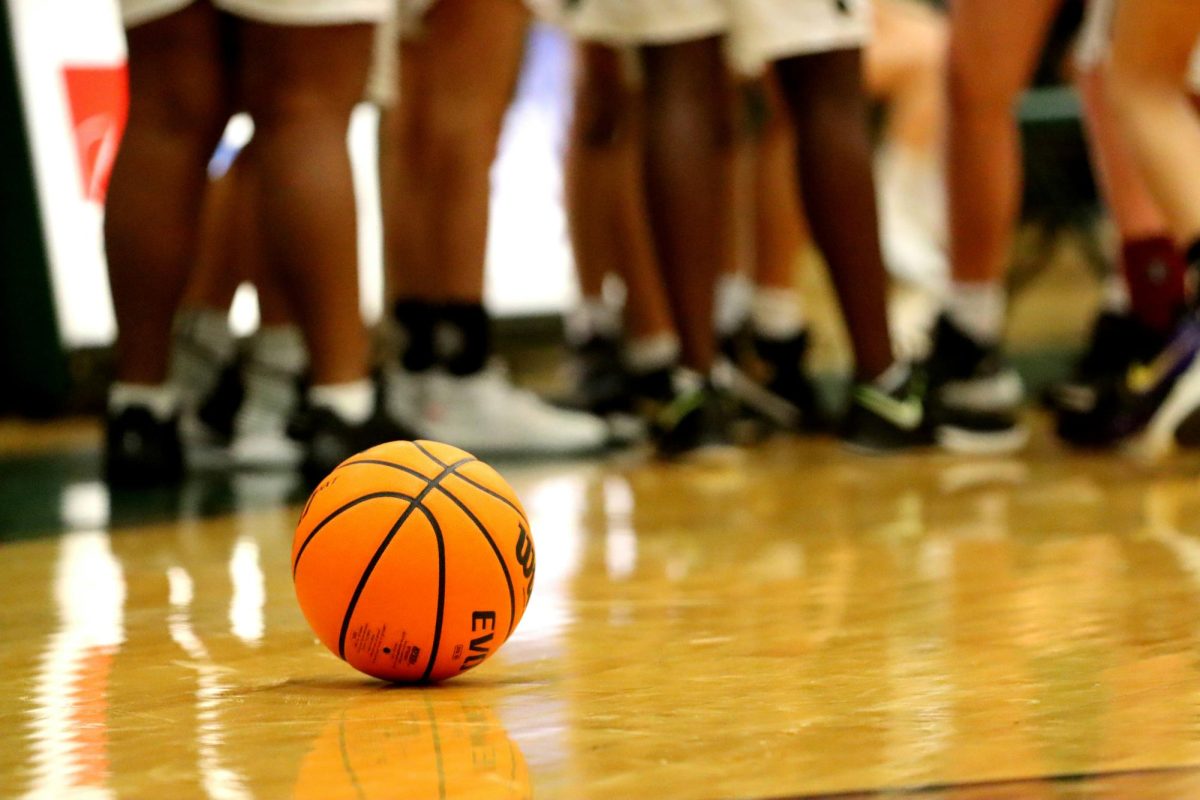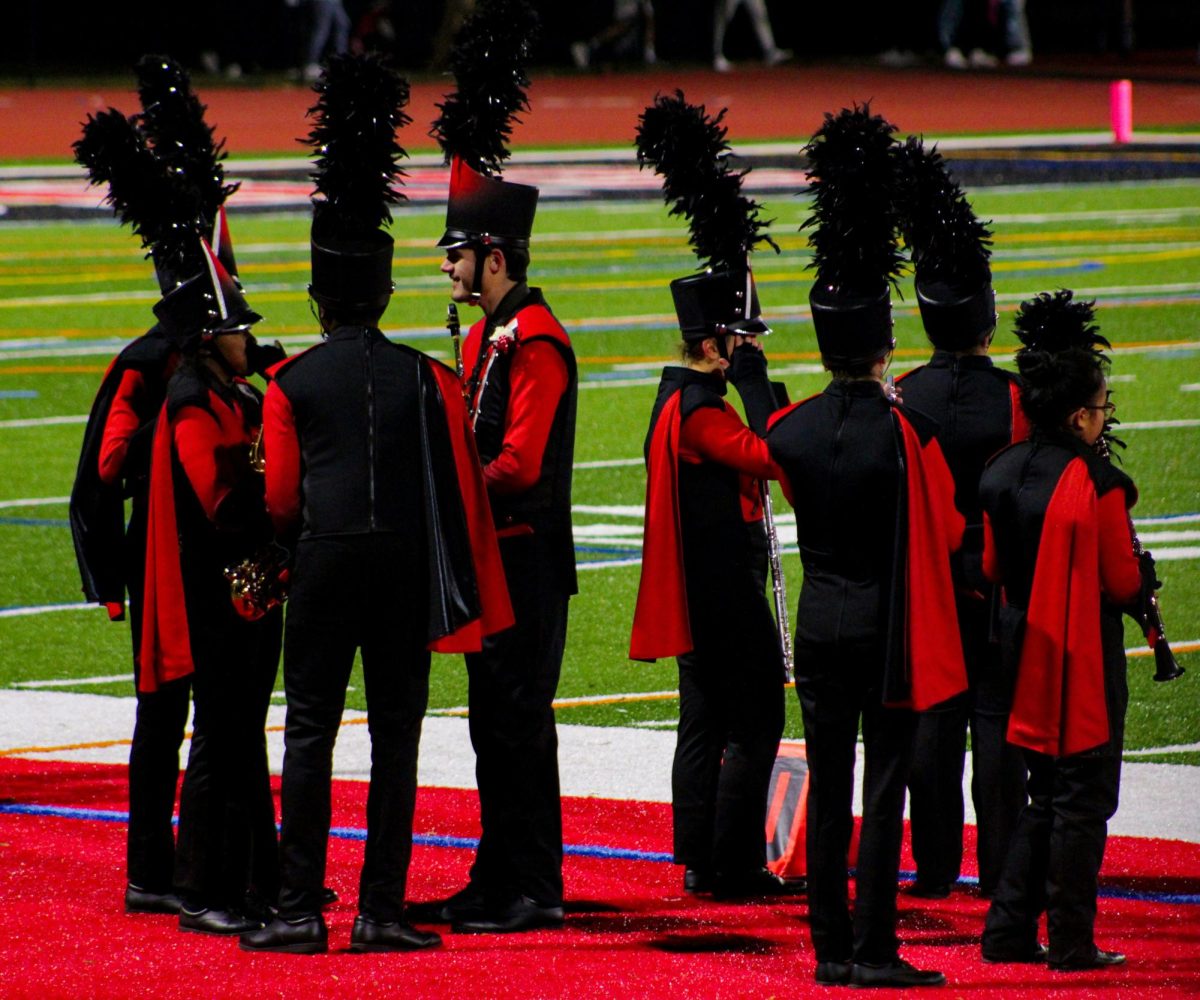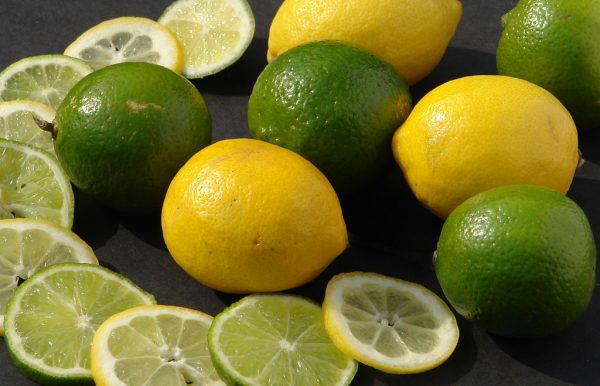A History of the Thanksgiving Meal As An Annual Tradition
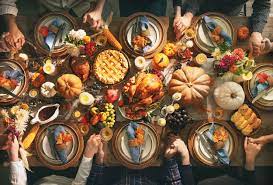
Thanksgiving meal with all the trimmings.
November 18, 2022
Thanksgiving Day is an annual national holiday marked by religious observances and a traditional meal. The holiday commemorates a harvest festival celebrated by the Pilgrims in 1621. I would argue this singular meal is what people look forward to the most in November since it’s a special meal they get to eat only once a year.
Turkey. The pinnacle of Thanksgiving. The bird found on many Americans’ Thanksgiving tables today may be about the only thing that connects our modernized holiday with the meal of 1621 shared by Pilgrims and Indians. William Bradford, governor of the Plymouth Plantation, tells us in his account of the colony’s early years that a settler’s diet in the fall included wild turkey, venison, cod, bass, waterfowl and corn. Turkey became popular across Western Europe and the Mediterranean as one of the first American foods to be eaten in Europe. In 1621, ovens were not common. The first Thanksgiving turkey is said to have been cooked over a spit fire now known as a rotisserie. This is a style of roasting where meat is skewered on a spit; a long solid rod used to hold food while it is being cooked over a campfire.
Stuffing. It’s exactly what it sounds like. A mixture used to stuff poultry or meat before cooking. Now stuffing was not served at the first Thanksgiving. Although experts are not clear on when or where stuffing was first made, the first recipe for the dish comes from Apicius de re Coquinaria, a Roman collection of popular recipes from the first century AD. Instead of bread-based stuffing, herbs, onions or nuts might have been added to the bird for extra flavor.
Mashed potatoes. Creamy buttery deliciousness. In the 18th-century recipe book, The Art of Cookery instructed readers to boil potatoes, peel them, put them into a saucepan, and mash them well with milk, butter, and a little salt. In the United States, Mary Randolph published a recipe for mashed potatoes in her book, The Virginia Housewife, that called for half an ounce of butter and a tablespoon of milk for a pound of potatoes.
Gravy. A delicious gelatinous sauce that people have been relishing for centuries. It is traditionally made from cooking meat juices together with stock and other ingredients. Most of the gravy we know today roots firmly in French cuisine. French cuisine saw a revival of what was called “sauce cookery” in the 17th century which is where the basic idea of adding a roux to a sauce to make a gravy comes from.
Green beans. The immature pod of any of various bean plants. Originating in Peru, green beans were spread throughout South, Central, and North America by migrating American Indians. Beans were essential to the diets of the native tribes. The modern Thanksgiving green bean dish is green bean casserole. Green bean casserole wasn’t exclusively made to be a Thanksgiving side dish. That changed when it was featured in the Associated Press Thanksgiving edition in 1955 and was implied that it was to be part of the Thanksgiving feast.
Cranberry sauce. My favorite. Cranberry sauce was first offered to consumers in North America in 1912 in Hanson, Massachusetts. Canned cranberry sauce appeared on the market in 1941, allowing the product to be sold year-round.
Pumpkin pie. It’s hard to imagine Thanksgiving without it. Native American tribes often grew bountiful amounts of squash and pumpkins. The Native Americans brought pumpkins as gifts to the first settlers, and taught them the many uses for pumpkin. This led to serving pumpkin pie at the first Thanksgiving in America about 50 years later. By the early 18th century pumpkin pie had earned a place at the table as Thanksgiving became an important New England regional holiday. In 1705 the Connecticut town of Colchester famously postponed its Thanksgiving for a week because there wasn’t enough molasses available to make pumpkin pie.












